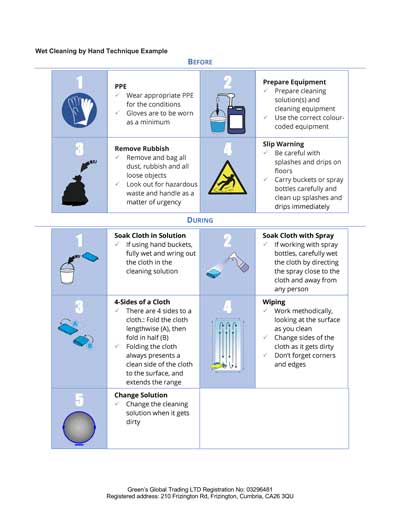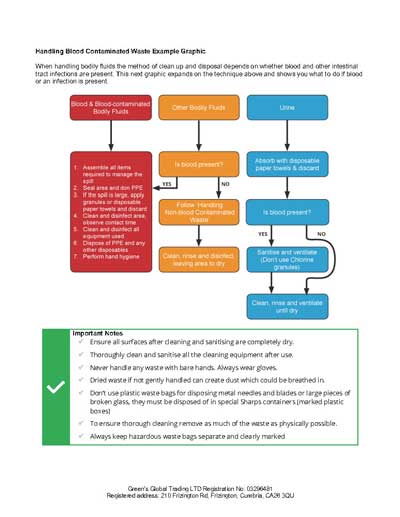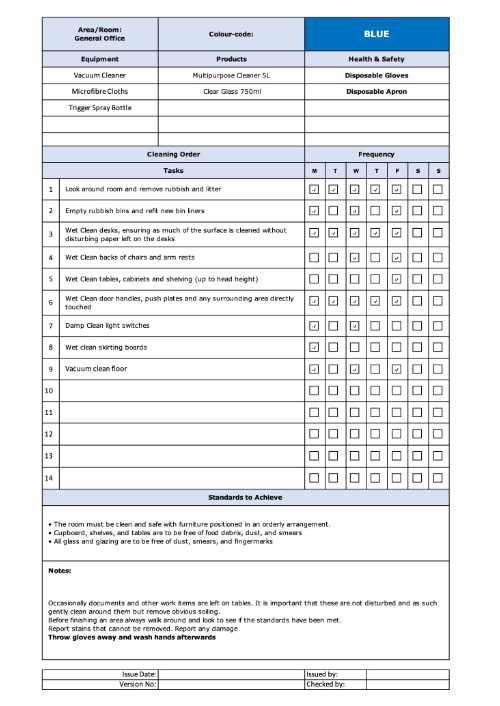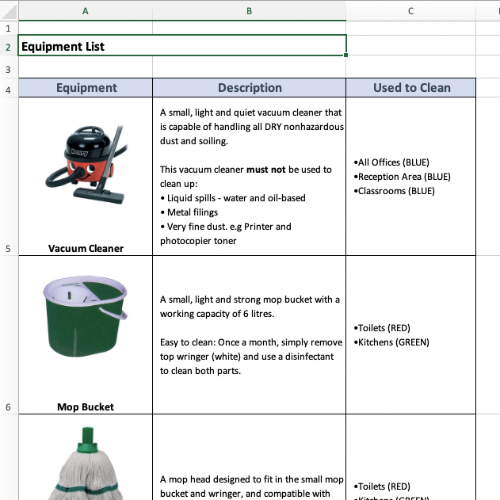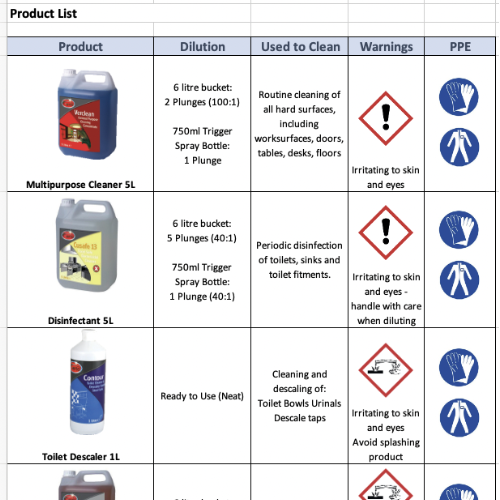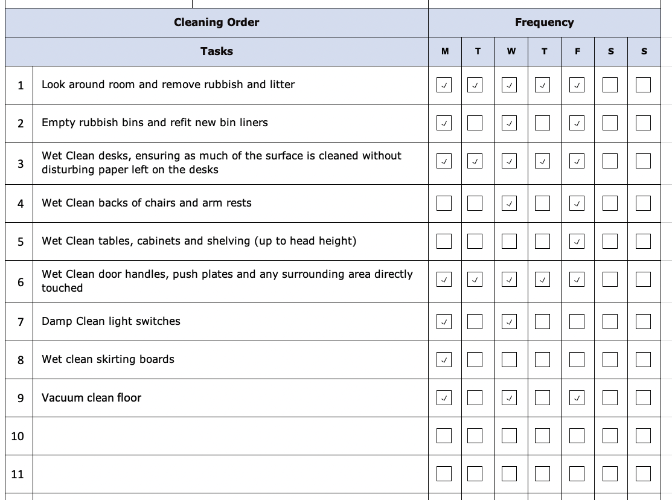
15 Jun Operations Manuals for Cleaning Services and Businesses
An operations manual sounds like just another management document that once written never sees the light of day. Just another document to fulfil the quality management systems requirements as set out in ISO 9001. While this is largely true for company policy documents and mission statements – in reality who reads them? Operations manuals are radically different, they are the backbone of every organisation – they will make or break the organisation, even to the point of costing lives.
It is no exaggeration to say that human error, the primary cause of failure, costs organisations time, money, reputation, and can cause real harm to individuals. However, human error takes on many more subtle forms, not just accidents, but human error leading to poor and inconsistent standards of work. There is no greater threat to the successful running of cleaning services than poor and inconsistent cleaning standards shown across staff and from day to day. This lack of consistency is guaranteed to cost the organisation a fortune financially and reputationally.
The only way to prevent such harm to the organisation and to individuals is to go through the steps of documenting all activities and to convert those activities to processes. This shifts the view of cleaning and cleaning related activities as a collective series of steps in a process, with a start and finish, rather than viewing cleaning as an endpoint. This will ensure all cleaning staff (and cleaning contractors) know what they have to do, how to do it, when to do it, and what they need to do it This is in essence what an operations manual is.
Imagine a care home with 10 housekeepers. The housekeepers are supervised and managed by 2 supervisors (one for the morning shift starting at 6am and finishing at noon, and another one for the afternoon shift, finishing at 8pm). Every shift each housekeeper is given a set of bedrooms and communal areas to clean. Housekeepers are required to help out with low-level care needs like meals and activities as required. After a number of complaints from family members an audit was conducted and found that cleaning standards varied wildly between housekeepers, and from day to day. When the housekeepers were interviewed, the housekeepers adopted their own ways of working and standards as there was no ‘official’ guidance. There was also a degree of confusion with their boundaries of responsibilities when working alongside nursing staff and family members. This is just a snippet of the findings of a real-life care home we audited.
In the above example the housekeeping staff were left to their own devices with the resulting inconsistency of standards and subject to the housekeepers’ mood that day. An operations manual sought to document exactly what the housekeepers are required to do in each room or area, and with an easy-to-use reference of cleaning products and equipment, they know exactly what to use and how.
Contact use to discuss how an operations manual can help make your cleaning and housekeeping services more efficient, effective and safe.


